How do you rate the 60th anniversary special ‘Wild Blue Yonder’?
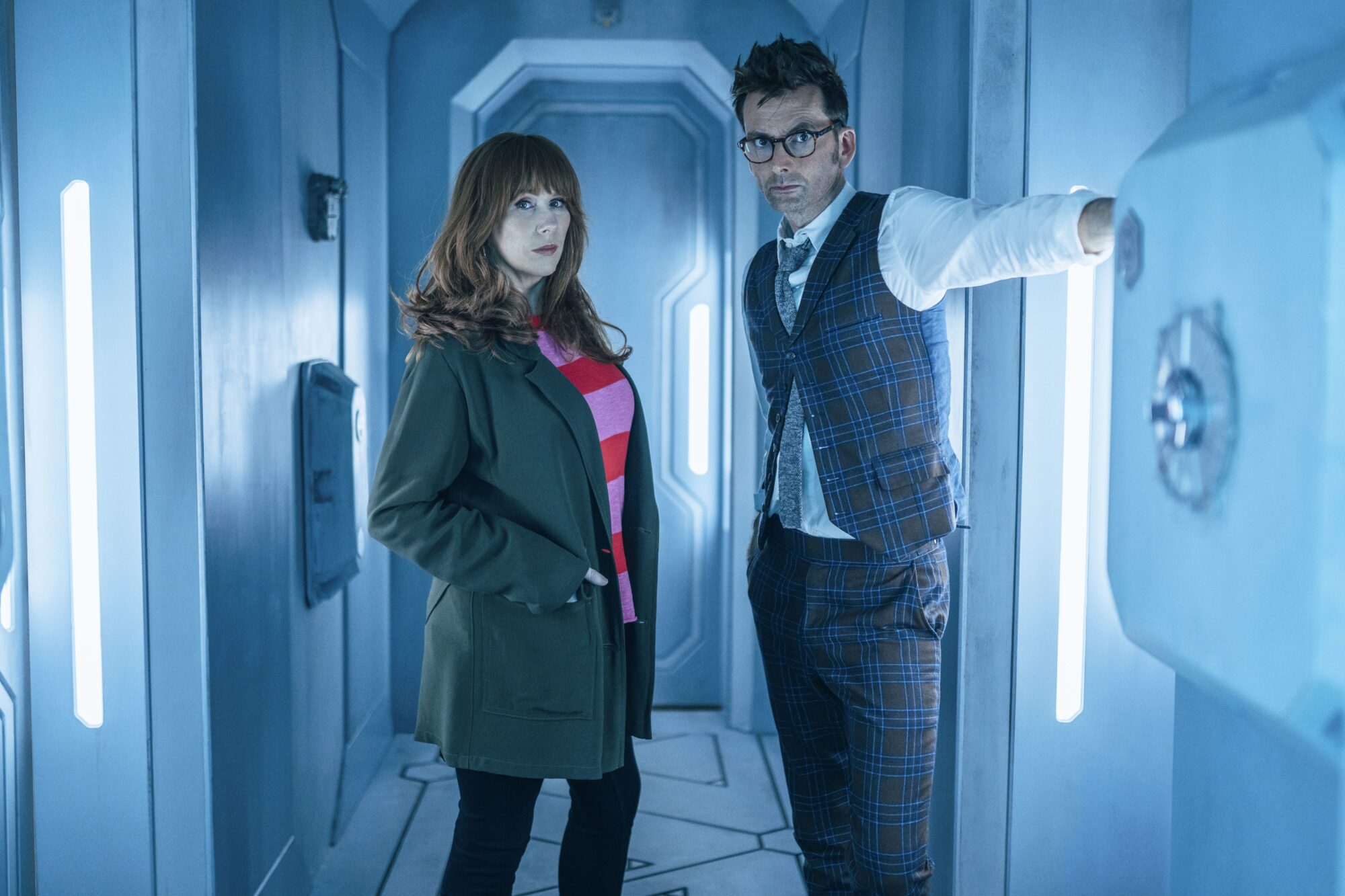
It’s almost impossible to define what makes a classic Doctor Who story. Every adventure has its lovers and haters, and for every fan that hails ‘Genesis of the Daleks’ as one of the greatest stories ever told, there will be another fan that dubs it a blight on the show’s history.
Russell T Davies‘ ‘Wild Blue Yonder’ is certainly a curious tale. It was the second of a trilogy adventures marking Doctor Who‘s 60th anniversary in 2023, and saw the return of David Tennant (albeit in the form of the Fourteenth Doctor, rather than the Tenth) and Catherine Tate as Donna Noble. It was also the beginning of a brand new era for the show, as Davies had also returned as executive producer and showrunner.
And whilst the other stories in this trilogy had been relatively well promoted, very little had been said about ‘Wild Blue Yonder.’ This was a conscious decision on the part of the production team, who wanted to build up a sense of mystery about the adventure. And naturally, with this being a 60th anniversary tale, speculation was rife that Russell T Davies and his team were keeping some epic guest appearances under wraps, possibly from past Doctors or companions. Early trailer shots even suggested that the Doctor might discover someone else’s TARDIS in the story.
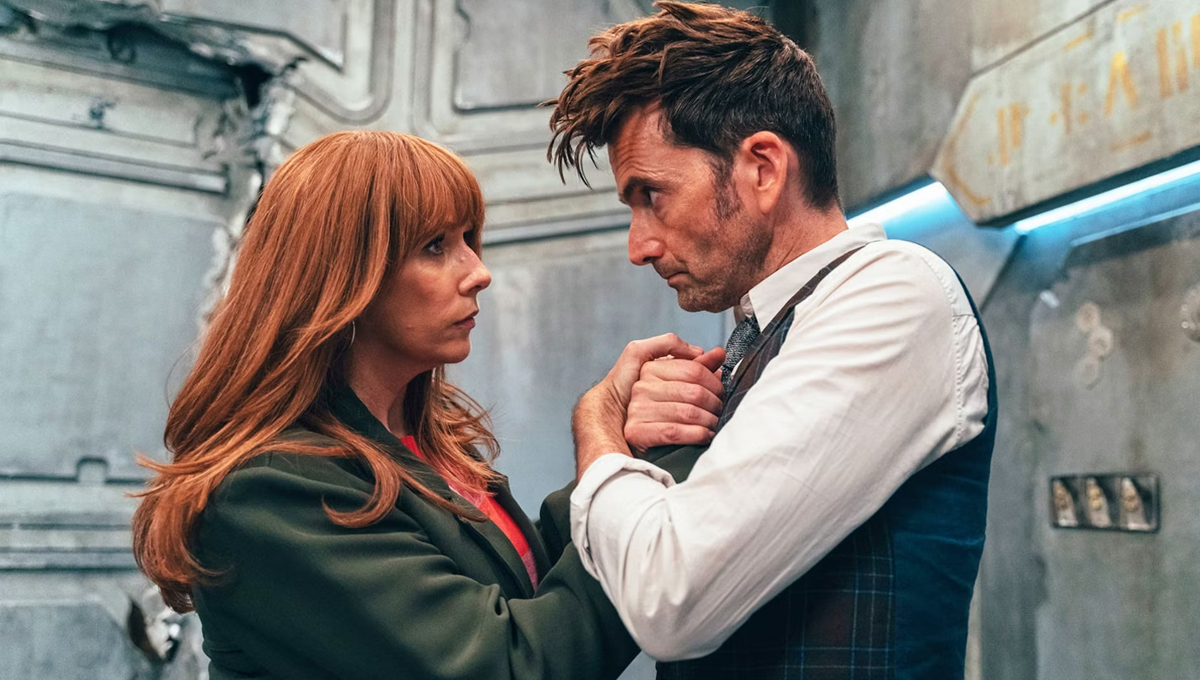
In the event, ‘Wild Blue Yonder’ was a more low-key affair, and the majority of the episode was carried exclusively by David Tennant and Catherine Tate, with no other actors. In the story, the pair find themselves stranded on a spaceship floating at the end of the universe, and it’s in trouble. Two hostile entities are haunting its corridors, and they plan to escape and wreak havoc throughout the cosmos. To do this, they copy the Doctor and Donna’s bodies and absorb their memories and thoughts. Thus, it becomes extremely difficult for them to figure out who is real and who is a clone.
Certainly, for a 60th anniversary adventure, ‘Wild Blue Yonder’ was bold. It was a creepy, insidious tale which shone a spotlight on the acting talents of David Tennant and Catherine Tate, much in the same way that other ‘simple’ stories like ‘Heaven Sent‘ had done. There were no ‘big’ sci-fi moments or earth-shattering guest appearances from the past. There was no CGI Jon Pertwee driving Bessie along the ship’s corridors. Matt Smith wasn’t serving tea in the canteen. ‘Wild Blue Yonder’ was all about the characters and the atmosphere, and in some ways this is what Doctor Who does best.
Of course, like all good Doctor Who stories, ‘Wild Blue Yonder’ was not without its controversies. For a start, in the cold opening, the Time Lord bumped into Isaac Newton on the day he invented gravity. Newton, in reality, was white, and the actor playing him (Nathaniel Curtis) was not. This raised an important question: should such a thing matter in 2023?
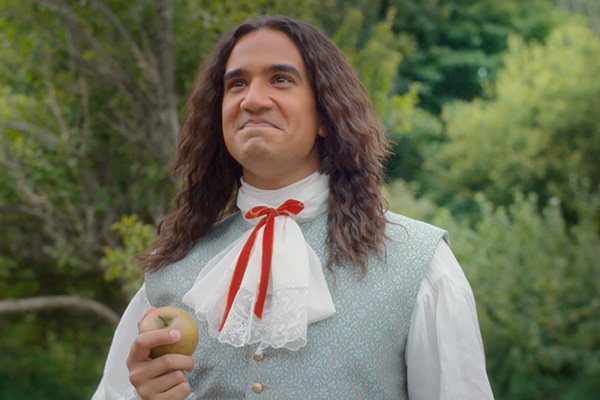
Debates aside, this moment in ‘Wild Blue Yonder’ was a funny one; Donna cracked a joke about Newton appreciating the gravity of the situation, and after the TARDIS departed Newton tried to remember the word she used, mistaking it for “mavity.” This simple error changed all of human history, and the word mavity has been used in the Whoniverse ever since. It’s possibly the longest running joke in the show’s history, but again (speaking of controversies) it wasn’t the kind of joke that everyone found funny. Some viewers really did appreciate the mavity of the situation, and were not happy.
Another controversial moment came when the Doctor acknowledged the fact that he isn’t from Gallifrey, and doesn’t actually know where he is from. This was a direct reference to ‘The Timeless Children‘ which, for some fans, is a story which deserves to join the missing episodes pile.
Then there was the mention of the Flux from Jodie Whittaker’s last season. This was a cataclysmic event that destroyed half the universe, but its aftermath was barely acknowledged at the time. Here, Russell T Davies examined its consequences, and there’s a moving moment where the Time Lord breaks down in one of the ship’s vents, punching the walls in a tearful rage.
And there are some emotional moments for Donna Noble, too. One of ‘Wild Blue Yonder’s best scenes comes towards the end of the episode, when the ship’s self-destruct sequence is activated. The Doctor tries to escape in the TARDIS, and he has seconds to decide which Donna is which. He picks the wrong one, leaving the real Donna on the ship as it starts to disintegrate. At first, Donna begs and pleads, before staring wistfully at the approaching fireball as tears stream down her face. This is a first-class performance from Catherine Tate, and a shining example of her acting talents. Indeed, one could argue that this is one of the most dramatic and impactful moments of the 60th anniversary.
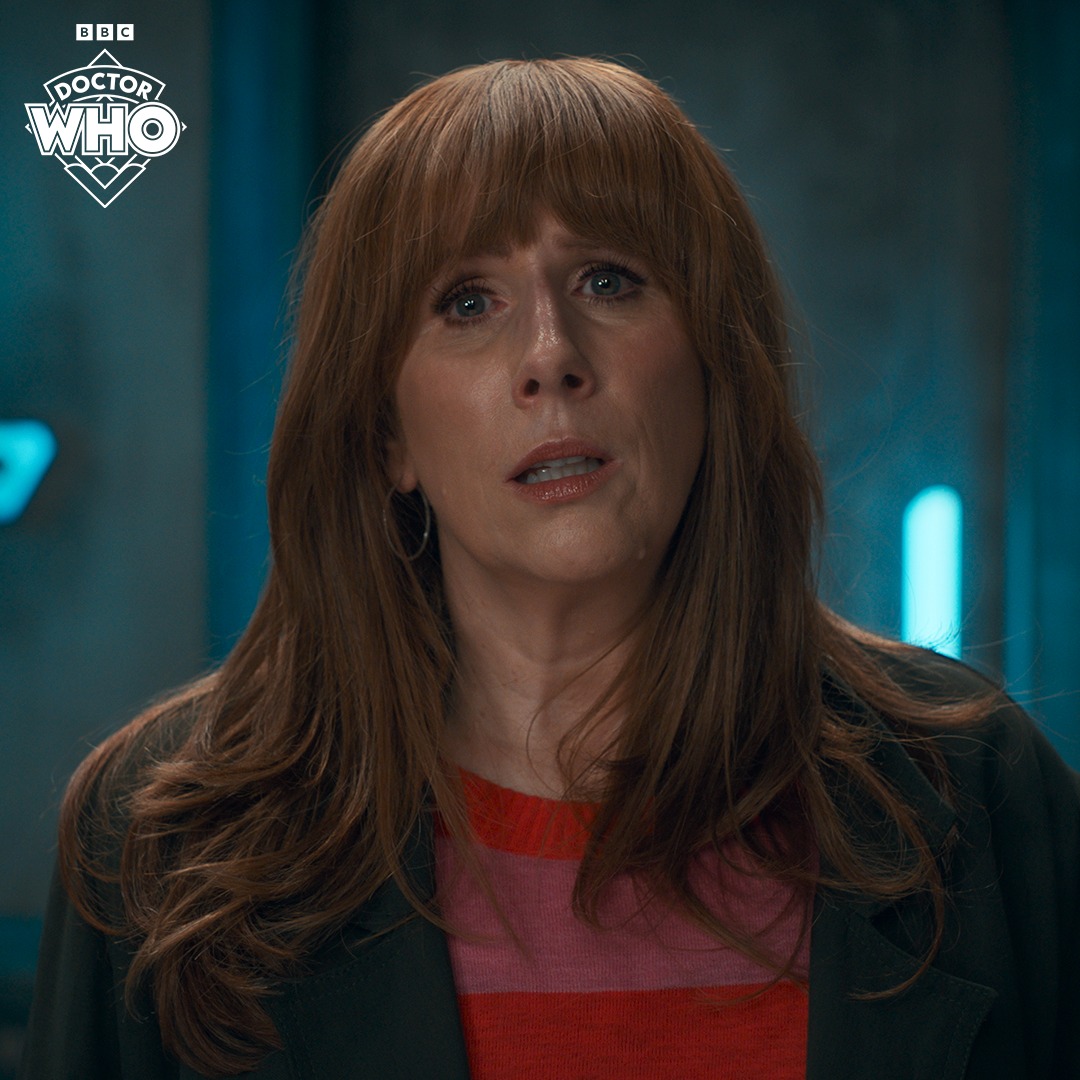
And speaking of dramatic, the real icing on the cake of ‘Wild Blue Yonder’ is the moment where, after 13 years, the Doctor is finally reunited with Wilfred Mott, played by Bernard Cribbins. This would turn out to be Cribbins’ final TV appearance, as he passed away shortly after. He had been scripted to appear in the following episode ‘The Giggle,’ but sadly died before he could film the scenes.
So is ‘Wild Blue Yonder’ really a modern day classic? It certainly performed well upon its original transmission, with a consolidated figure of 7.14 million viewers. This made it the third most-watched programme of the day, and the ninth most-watched programme of the week. But we might have to come back in “a million years” to see if this story has really stood the test of time, or whether it has buckled under the weight of its own mavity.
How do you feel about ‘Wild Blue Yonder’? And which is your favourite story from the 60th anniversary? Let us know in the comments below.



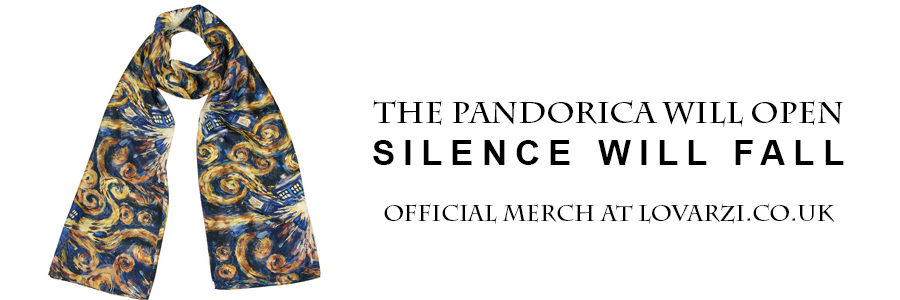





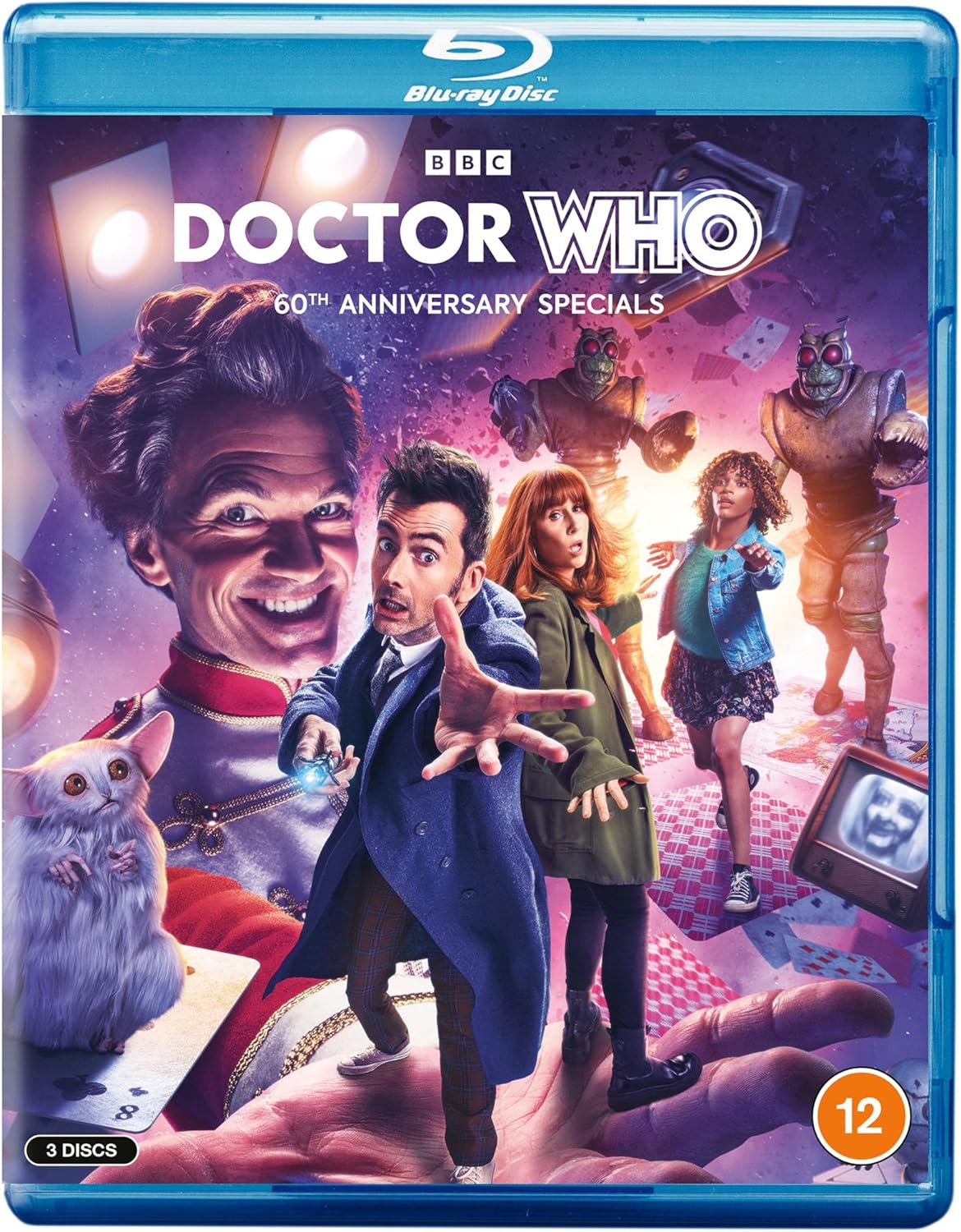
Leave a Reply